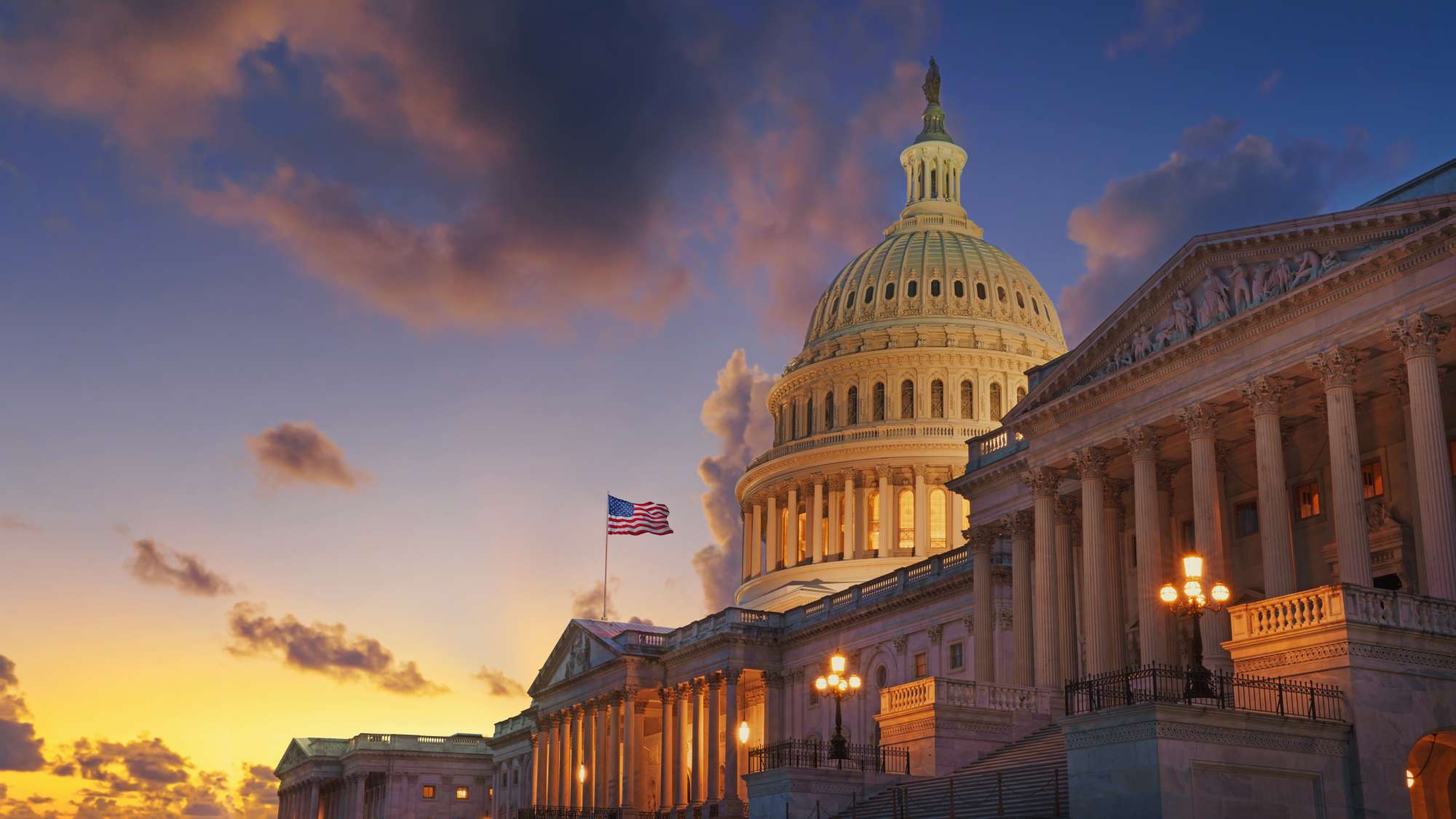What every global brand should know about 11/11 in China
Understand 11.11, China’s biggest ecommerce event. Learn how global brands win with pre-sales, local campaigns, and repeat sales.
The world’s biggest shopping day you might be missing
Every November 11th, hundreds of millions of Chinese consumers flock online to participate in Singles’ Day, known locally as “Double 11” (双十一). What started as a tongue-in-cheek anti-Valentine’s celebration among university students has become one of the largest retail events on Earth, dwarfing Black Friday and Cyber Monday combined.
The 11/11 shopping festival this year recorded 1.695 trillion yuan (about $238 billion) in sales across all platforms, marking a 14.2% jump year on year, according to Chinese consumer research firm Syntun. That’s slower than the 26.6% year on year growth last year.
Why 11/11 matters more than ever
1. It’s a brand moment
Singles’ Day isn’t just about discounts; it’s a storytelling and brand engagement event. Chinese consumers expect new product launches, limited editions, influencer collaborations, and creative campaigns tailored to their preferences.
2. It shapes the entire Q4 calendar
In China’s eCommerce ecosystem, Double 11 defines the fourth quarter. The event drives inventory planning, pricing strategy, and digital advertising budgets for months leading up to November.
3. It’s a data goldmine.
The event gives brands rare insights into consumer intent and purchasing behavior across multiple channels — insights that can refine performance marketing, assortment strategy, and future localization efforts.
How the event actually works
Pre-Sale Phase (Late October):
Shoppers pay small deposits to secure deals early, a uniquely Chinese behavior that amplifies anticipation. Brands that activate during this period can build momentum before 11/11 even begins.
The Big Day (November 11):
Midnight kicks off a wave of livestreams, app-exclusive promotions, and social content across China’s biggest platforms. Success hinges on flawless coordination across logistics, marketing, and eCommerce operations.
Aftermath (Mid-November):
The post-sale period is crucial for customer retention. Winning brands turn new buyers into long-term fans through thoughtful engagement and fulfillment excellence.
Common misconceptions among western brands
- “We can just copy our Black Friday strategy.”
11/11 demands localized tactics from pricing tiers and KOL (Key Opinion Leader) partnerships to platform-specific creative. - “It’s only for Chinese brands.”
Global brands like Nike, L’Oréal, and Dyson have thrived by understanding local expectations and leveraging platforms like Tmall Global. - “It’s all about discounts.”
While deals matter, premium storytelling and exclusivity often drive higher conversion rates than pure price slashing.
What global brands should do now
- Start Early. Planning for 11/11 begins immediately after 6.18, China’s midyear shopping festival. Forecast inventory, creative, and promotional calendars months ahead.
- Localize. Tailor your brand story, imagery, and influencer partnerships for Chinese audiences.
- Partner Smartly. Work with a local eCommerce accelerator (like Pattern) to navigate Tmall operations, marketing, and compliance.
- Think Beyond One Day. Use 11/11 as a launchpad for ongoing China growth, not just a seasonal spike.


.jpg)





.jpg)
.jpg)
